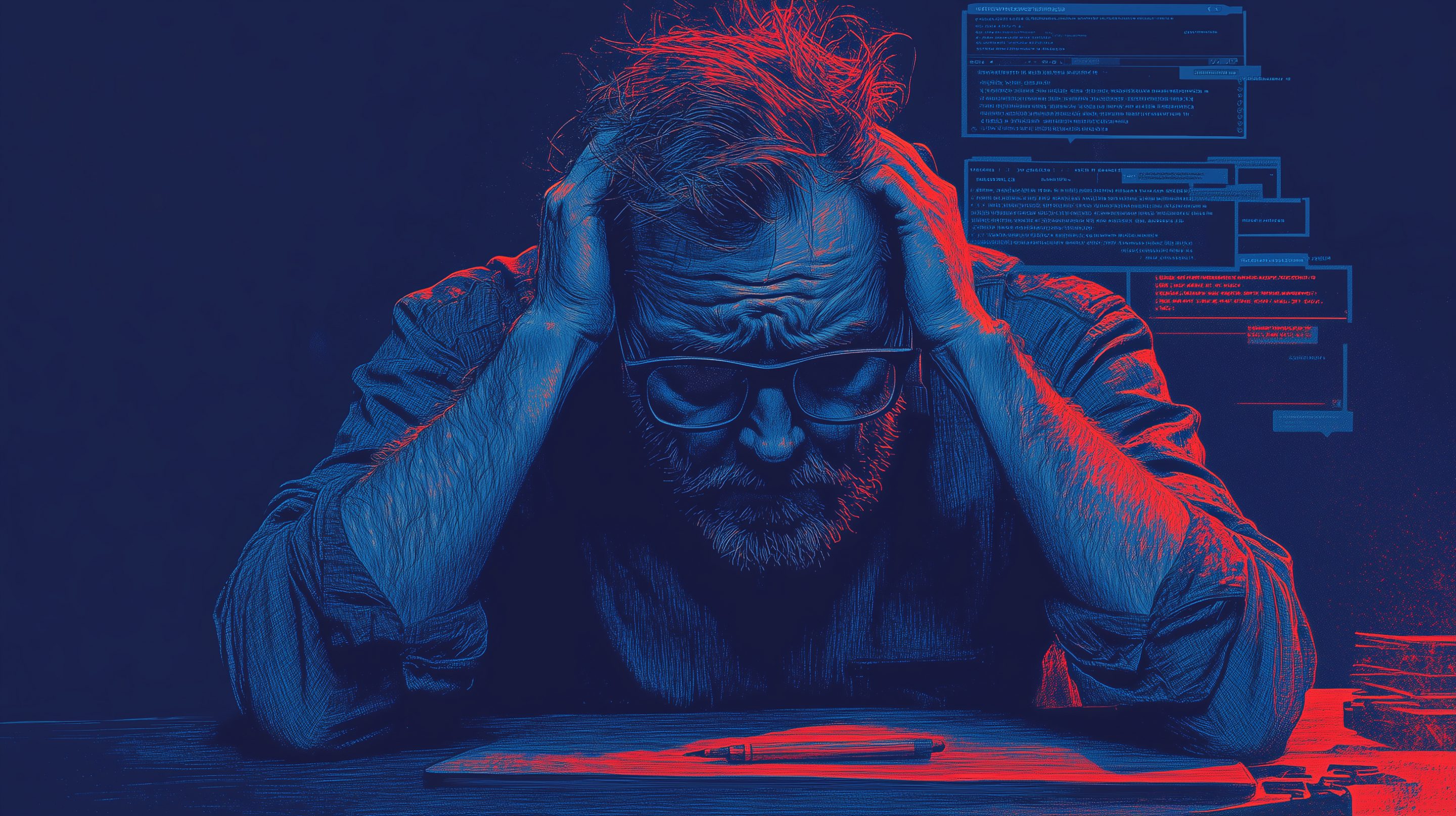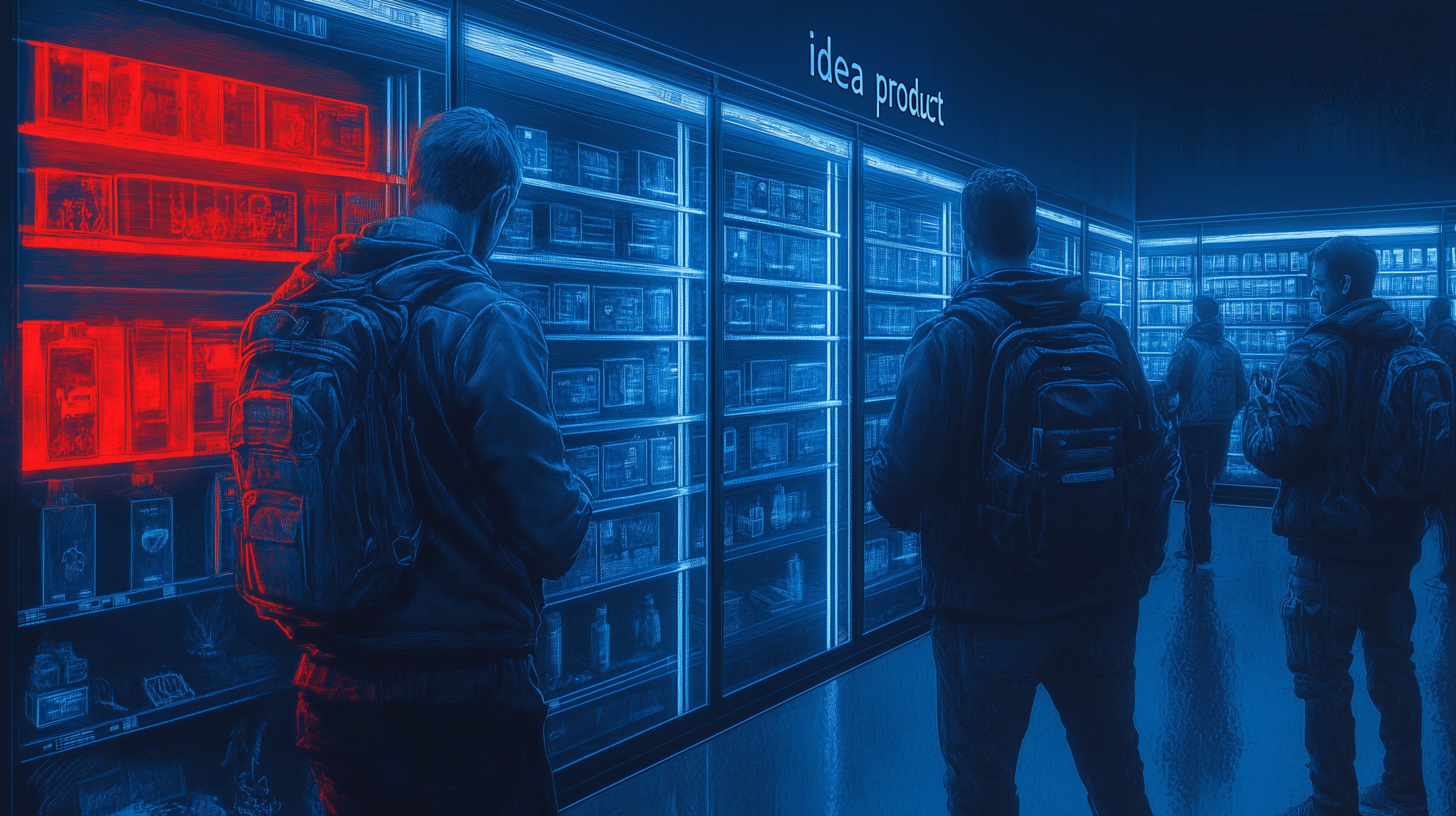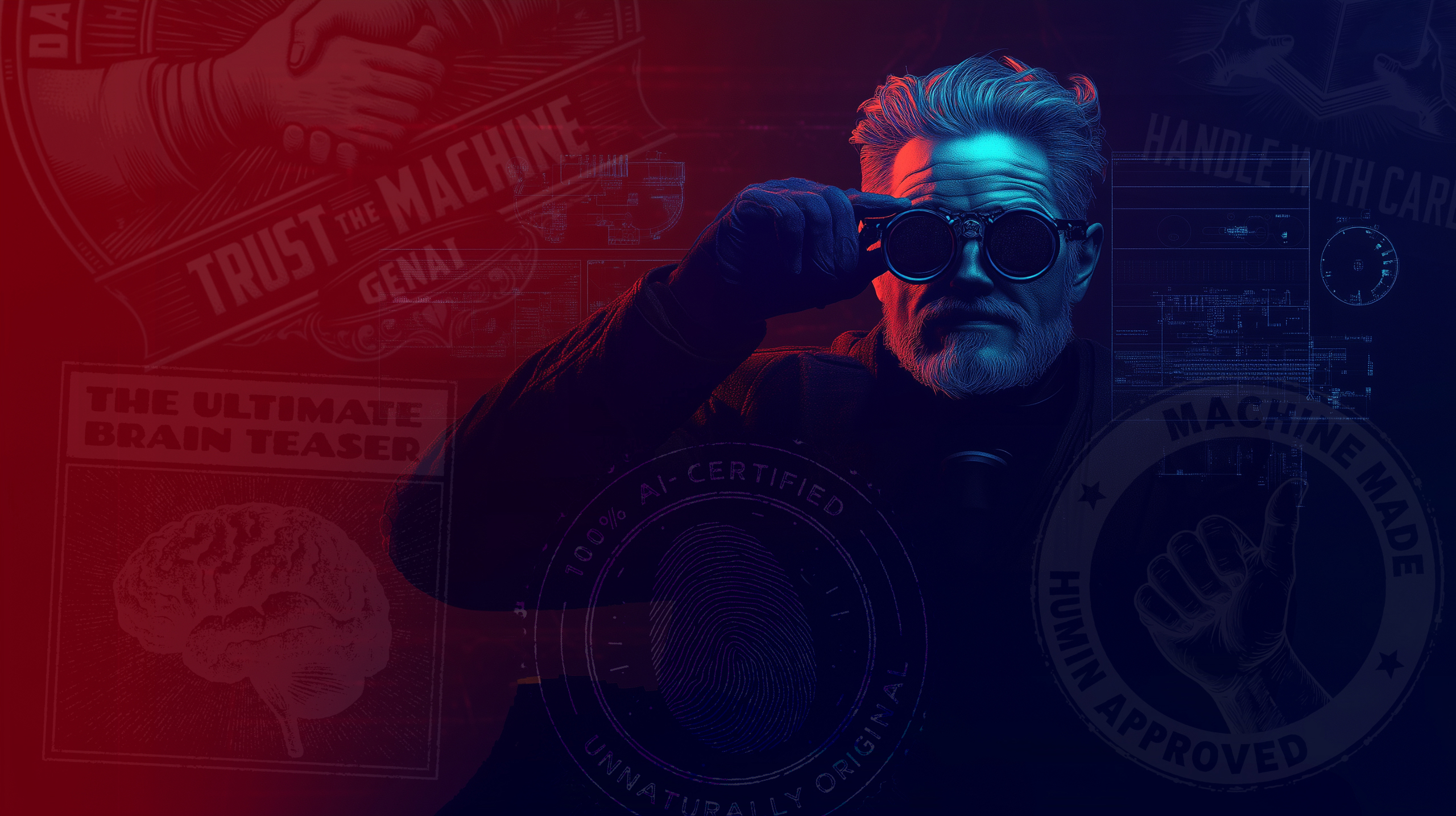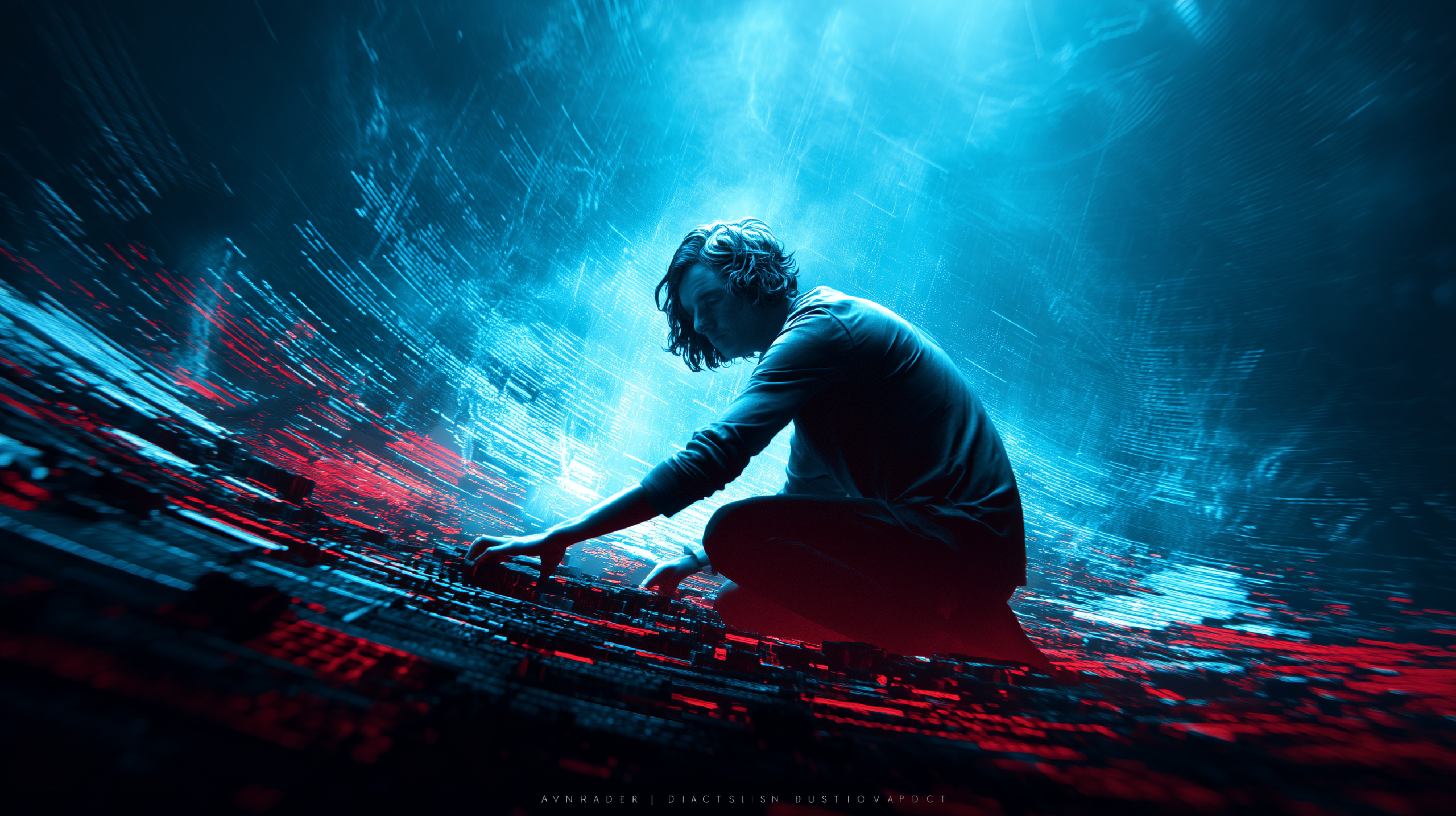Creativity as the Product – Addressing the GenAI dilution dilemma

Generative AI has opened up new opportunities for creativity, making content creation accessible to more people than ever before. However, with this accessibility comes a challenge: the risk of creativity becoming diluted and artistic voices becoming homogenized. This post is a speculative exploration of how a hybrid AI ecosystem—balancing centralized and decentralized models—could protect and enhance creative diversity. Imagine a world where creativity itself is the product, and artists can monetize their unique AI models, creating a new economy of personalized, AI-driven expression.
The dilution problem and the role of hybrid models
Generative AI has made it possible for anyone to create art, music, and writing easily. This is empowering, but it also introduces the risk of creative dilution. When more and more content is produced by people who may not have professional experience, the AI models trained on this content can lose their originality and depth. Centralized AI systems, which often rely on undifferentiated data, may further reinforce popular trends instead of encouraging diverse and unique artistic voices.
“As generative AI becomes more widely used, its reliance on vast, often undifferentiated datasets can lead to a dilution of creativity. This can result in homogenized outputs, lacking the richness and distinctiveness that define true artistry.”
A possible solution is a hybrid AI ecosystem that integrates both centralized and decentralized models. Centralized models provide consistency and scalability, but they may do so at the expense of creative uniqueness. Decentralized models, on the other hand, allow individual creators to cultivate AI tools that reflect their specific styles and nuances. Imagine a system where centralized models handle broader tasks, while decentralized models allow individual creators to curate and develop unique versions that reflect their personal artistic vision.
Decentralized approaches and collaborative AI tools
A decentralized approach could give power back to creators, allowing them to develop and refine their own AI models. This means that artists could better preserve their creative intent and potentially enhance it over time. Instead of simply using AI as a tool, it could become a creative partner, co-creating with the artist and blending artistic vision with advanced technology.
AI swarms—groups of specialized AI agents working together—could play an important role in this hybrid ecosystem. For example, one AI agent could focus on color, another on texture, and another on composition. These specialized agents could adapt to user preferences in real-time, creating richer and more nuanced creative outputs. SynthAI could also help artists refine their models by synthesizing user interactions and offering actionable insights for continuous improvement.

Creativity as the Product
A vision for AI-enhanced creativity
A hybrid AI ecosystem that adapts based on context offers a promising path forward for more dynamic, context-sensitive solutions. This approach could also lead to new business models, such as companies that manage and curate personalized AI models. Similar to an AI app store, these models could be bought, customized, and shared, offering more than just functional tools—they provide curated creative intelligence shaped by individual artists.
Subscription and business opportunities for AI models
An AI marketplace could allow artists to offer specialized models for subscription, enabling others to build and customize their own creative tools. This system would ensure that artists are rewarded directly for their work, fostering a thriving ecosystem of high-quality, specialized models. Just like platforms such as app stores or Spotify, artists could list their models, set subscription fees, and earn royalties, creating a continuous feedback loop for quality improvement. Additionally, user-friendly platforms could make AI model creation accessible even for those without technical expertise, similar to other SaaS solutions.
Building a sustainable AI-enhanced creative economy
This vision could empower content creators to have greater control over their creative process and prevent the dilution of their work. For example, musicians who currently struggle to make a living from streaming services could use decentralized AI models to create unique AI-driven tools that reflect their own sound and style. These models could then be offered for subscription, allowing artists to maintain control over their creativity while being compensated fairly. This concept extends to all kinds of artists, turning creativity into a service where each model embodies an artist’s signature style. This could foster micro-cultures centered around shared AI models, leading to a cultural explosion of diversity instead of homogenization.
By involving artists directly in the evolution of their models, a hybrid approach could effectively address the problem of dilution. Personal models, unlike centralized ones trained on random content, would be curated with high artistic intent and quality. As users provide feedback, each iteration of the model could enhance its unique artistic vision, creating a continuous cycle of improvement.

Breaking the dilution cycle
The hybrid model directly tackles the dilution effect by ensuring artists are actively involved in the evolution of their models. Unlike centralized models trained on random content, these personal models are curated with high artistic intent, retaining originality and quality. With feedback from users, each iteration of the model enhances its distinct artistic vision, creating a continuous cycle of quality improvement.
Challenges and potential roadblocks
Managing intellectual property in this new creative ecosystem will require strong frameworks to ensure that artists retain the rights to their models and receive proper credit. While making these models accessible is valuable, unrestricted customization could risk diluting the original quality. Proper boundaries and clear credits will help mitigate this. Additionally, the technical aspects of AI model creation could be intimidating for many artists. User-friendly tools will be essential to make this vision a reality, allowing artists to engage in AI creativity without needing advanced programming skills.

Conclusion: A path to sustained creativity
This speculative vision suggests a future where AI-enabled creativity is both personalized and collaborative. By balancing centralized and decentralized approaches, rewarding creativity through subscriptions, and fostering new artistic partnerships, we can counteract the risks of dilution and keep creativity at the forefront. Instead of homogenized content, we could build an ecosystem where AI amplifies human creativity, supporting new ideas, diverse voices, and richer artistic expressions.
The next step is to explore the tools and infrastructure needed to make this vision a reality. How can we empower artists to create, share, and protect their models? Let’s continue the conversation and work towards a creative, decentralized future together.
How this post was made...
This text was created based on a discussion about Creativity as the Product – Addressing the Dilution Dilemma using generative AI tools. The insights shared here were developed collaboratively through a dialogue, incorporating work-related examples and iterative refinement. The conversation took place between me(Michael Käppi) and with ChatGPT-4o with Canvas, leveraging its canvas feature to explore these topics interactively, resulting in this post that captures both practical and conceptual shifts in creative work.










0 Comments